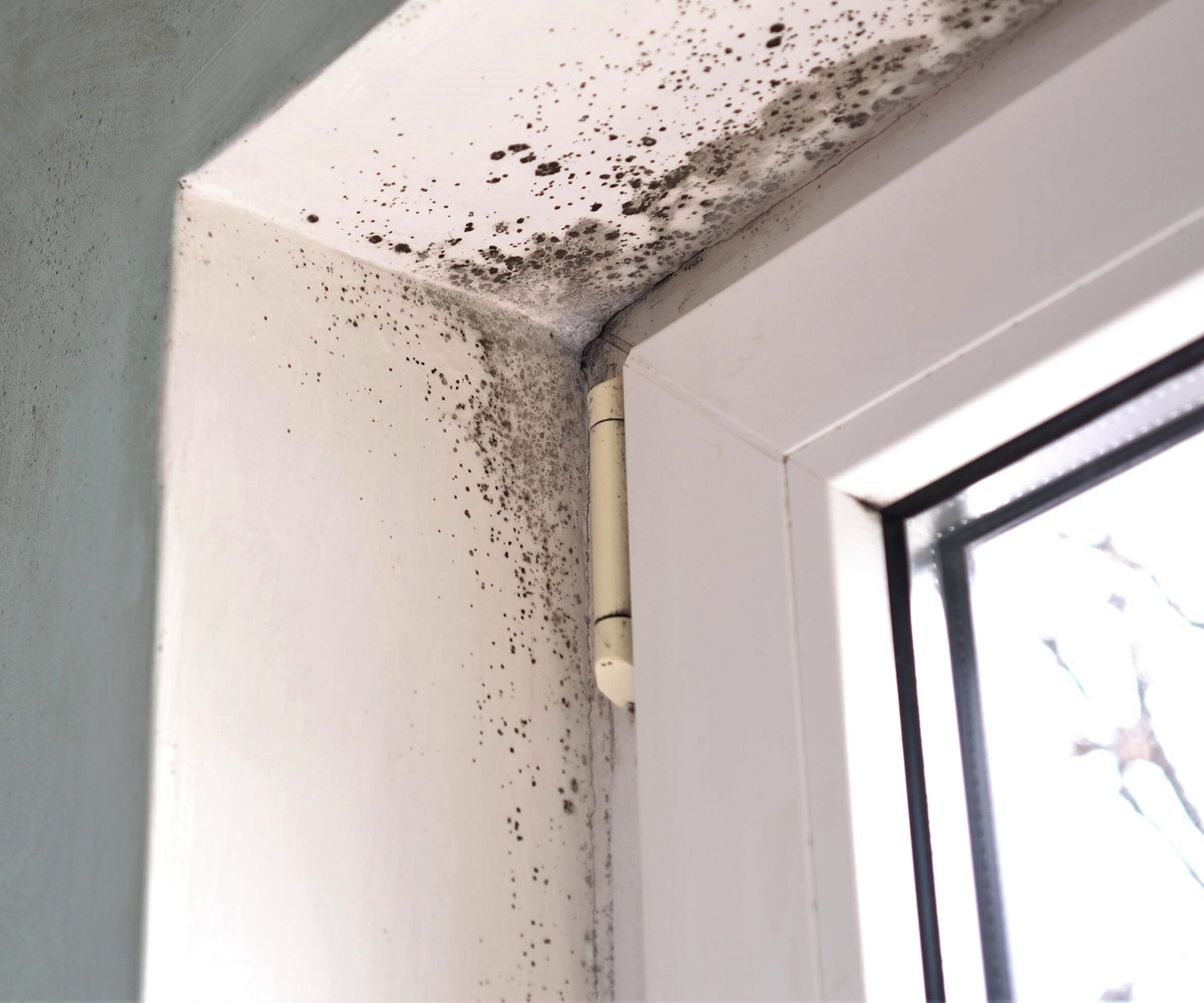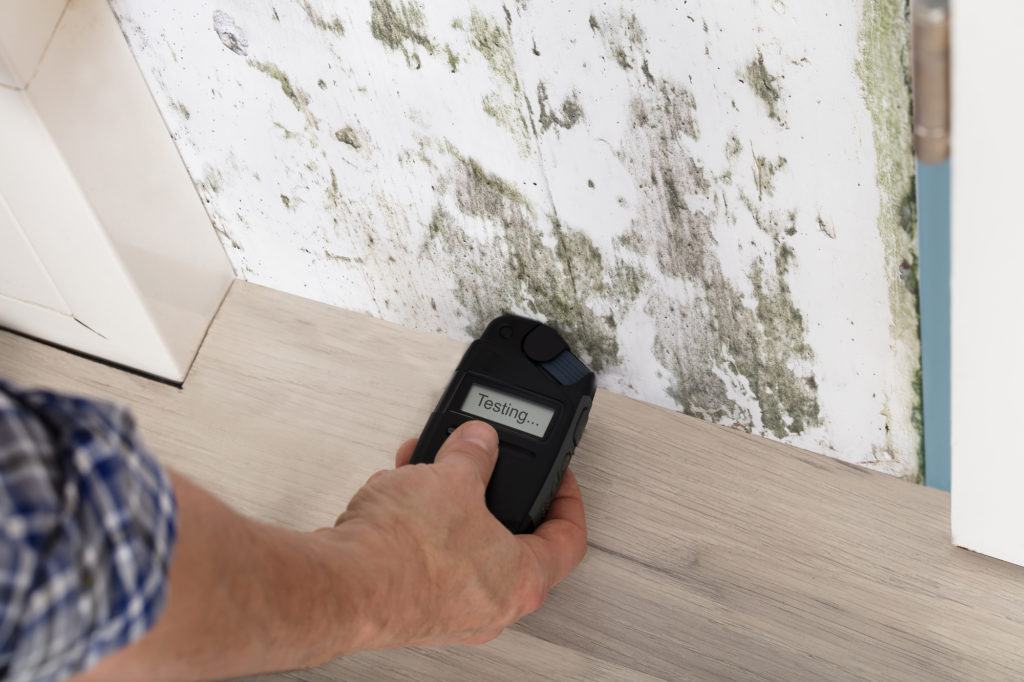After Mold Remediation Strategies for Tidy Rooms
Wiki Article
Effective Post Mold Remediation Solutions for Your Home
Mold and mildew growth in homes can be a relentless problem, frequently requiring an organized technique for effective post-remediation remedies. From comprehending the variables that contribute to mold advancement to executing proper cleaning methods and dampness control steps, the procedure can be complex yet essential for maintaining a healthy living environment. Additionally, discovering natural removal options and establishing a routine for recurring maintenance are crucial components of a thorough mold removal approach. As home owners aim to address mold and mildew worries, finding the most reliable services ends up being paramount for the wellness of their homes.Recognizing Mold And Mildew Development Elements
Mold and mildew development is influenced by a variety of aspects that are crucial to comprehend in order to successfully attend to and prevent its proliferation. Understanding these elements is important in carrying out effective mold and mildew remediation methods. The primary aspect adding to mold growth is moisture. Mold spores need wetness to prosper and sprout, making moist or humid environments very prone to mold and mildew invasions. Poor air flow can likewise bring about moisture buildup, creating an excellent breeding ground for mold and mildew.
In addition, air movement and light direct exposure can influence mold and mildew development. Locations that lack correct ventilation and natural light are extra vulnerable to mold and mildew advancement. By resolving these factors adequately, people can properly reduce mold and mildew development and safeguard their living settings.
Correct Mold And Mildew Cleaning Methods
Using reliable cleansing techniques is vital in avoiding the reappearance and dealing with of mold contamination in indoor settings. The very first action in correct mold cleaning is to consist of the damaged location to protect against the spread of spores to unpolluted areas.
Carrying Out Dampness Control Actions
To successfully avoid mold and mildew growth and contamination in interior settings, implementing dampness control steps is extremely important. Dampness is the key variable that gas mold growth, making it essential to manage moisture levels within the home. One reliable procedure is to make use of dehumidifiers to preserve interior humidity degrees listed below 60%. Furthermore, making certain proper air flow in areas prone to moisture buildup, such as bathrooms and kitchens, can assist lower the danger of mold development. Routinely inspecting and fixing any mold removal contractor type of leakages in pipes, roofs, or home windows is also essential in stopping excess moisture buildup. Utilizing exhaust fans while cooking or bathing, and allowing air blood circulation by keeping furniture slightly far from walls can help in wetness control. Furthermore, making use of moisture-resistant materials in high-humidity locations, such as mold-resistant drywall and paints, can be useful. By vigilantly carrying out these moisture control procedures, property owners can properly minimize the likelihood of mold recontamination and preserve a healthy indoor atmosphere.Making Use Of Natural Remediation Solutions
After successfully applying dampness control measures to prevent mold and mildew development in indoor environments, home owners can currently check out the efficiency of all-natural removal options in maintaining a healthy and balanced space. Natural remediation services make use of eco friendly techniques to combat mold and mildew and mildew, making them a visit this web-site prominent selection for those looking for safe options. One such service is utilizing vinegar, an all-natural antimicrobial representative, to disinfect and tidy surfaces infected by mold and mildew. Simply water down vinegar with water and spray it onto the affected areas, allowing it to sit for a few hours prior to wiping tidy. Furthermore, tea tree oil, understood for its antifungal residential or commercial properties, can be blended with water and sprayed onto mold-infested surfaces to hinder further growth. An additional all-natural choice is hydrogen peroxide, which can efficiently kill mold and mildew on numerous surface areas without leaving dangerous residues behind. By integrating these all-natural remediation options into their cleaning regimens, property owners can properly combat mold and mildew development while promoting a healthier indoor atmosphere for themselves and their family members.
Maintaining a Mold-Free Setting
Consistently checking areas vulnerable to mold growth, such as bathrooms, cellars, attic rooms, and kitchen areas, is important. Appropriate ventilation in areas with high humidity degrees is also vital to stopping mold and mildew growth.Furthermore, maintaining sanitation in the home is essential for mold and mildew avoidance. Regularly cleaning and cleaning surface areas, rugs, and mold removal device furniture can assist remove mold and mildew spores prior to they have a possibility to increase and clear up. Making use of mold-resistant products for building products and furnishings can even more help in creating a mold-free setting. Last but not least, maintaining interior plants in check and making sure correct water drainage in exterior landscape design can decrease moisture accumulation, minimizing the probability of mold problems. By complying with these positive maintenance methods, homeowners can effectively promote a mold-free space.
Verdict
Finally, it is necessary to attend to mold growth elements, utilize appropriate cleaning methods, apply dampness control procedures, utilize natural remediation remedies, and preserve a mold-free atmosphere in order to effectively take care of blog post mold and mildew remediation in your house - Post Mold Remediation. By adhering to these strategies, you can protect against mold from recurring and guarantee a healthy living atmosphere for you and your household
The primary aspect adding to mold development is dampness. Mold and mildew spores need moisture to sprout and thrive, making wet or damp settings very vulnerable to mold infestations.To successfully prevent mold development and contamination in indoor atmospheres, implementing dampness control actions is extremely important. Furthermore, making sure appropriate ventilation in locations vulnerable to moisture buildup, such as washrooms and cooking areas, can assist decrease the threat of mold development.After successfully carrying out dampness control actions to avoid mold growth in indoor atmospheres, house owners can currently discover the efficiency of all-natural remediation options in keeping a healthy and balanced living space.
Report this wiki page